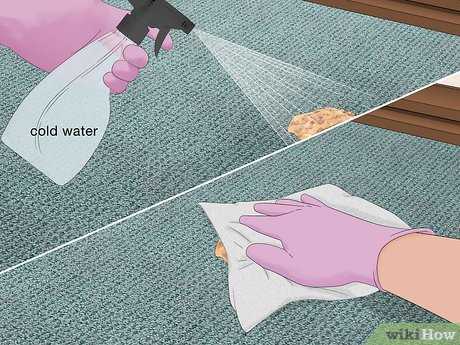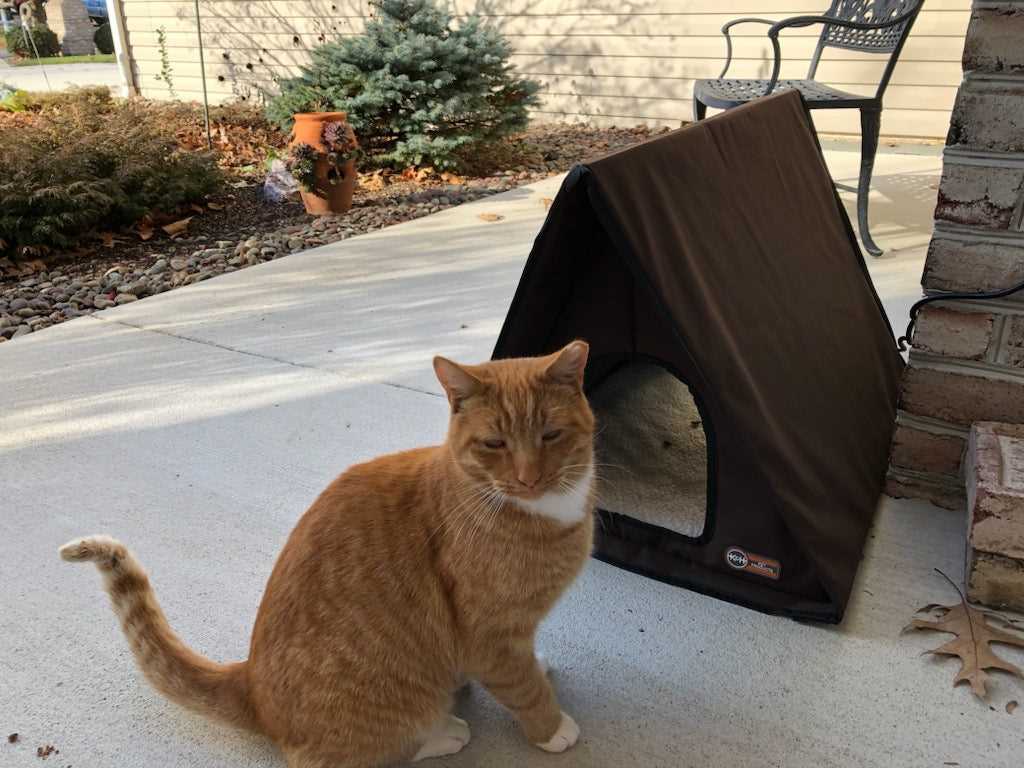



First, grab some paper towels or a clean cloth to soak up the mess. Gently blot the area, avoiding any rubbing that might push the material deeper into the fibers.
Next, mix a solution of mild dish soap and warm water. Use a clean cloth to apply this mixture to the stained section, dabbing until the stain begins to lift. Rinse the area with a cloth dampened in plain water to remove any soapy residue.
If any lingering odor remains, sprinkle baking soda over the affected area. Let it sit for at least 15 minutes before vacuuming it up. This should help absorb any unpleasant scents and refresh the space.
For stubborn stains, consider using a commercial enzymatic cleaner specifically designed for treating organic matter. Always follow the instructions on the label for the best results.
Practical Steps for Tidy-Up After a Mess
First, grab some paper towels or an absorbent cloth. Gently blot the area to soak up as much liquid as possible. Avoid rubbing; it can spread the problem.
Next, prepare a cleaning solution. Mix equal parts of white vinegar and water in a spray bottle. Spray the mixture directly onto the stained area. Let it sit for about 10–15 minutes to break down any remaining residue.
After that, use a clean cloth to blot the area again, absorbing the vinegar solution along with any leftover mess. Rinse the cloth frequently to avoid reapplying the stain.
If the odor persists, sprinkle baking soda over the spot once it’s dry. Let it sit for several hours or overnight to neutralize any lingering smells. Vacuum it up afterward.
For tougher stains, consider using an enzymatic cleaner. These products break down biological materials and can be very effective. Just follow the instructions on the label for the best results.
Finally, check the area after everything is dry. If a faint stain remains, repeat the vinegar solution process or use a specialized stain remover designed for carpets.
Gather Necessary Cleaning Supplies
For effective removal of unpleasant messes, collect the following items:
Basic Supplies
| Item | Purpose |
|---|---|
| Paper Towels | To absorb liquids quickly and prevent spreading. |
| Plastic Scraper | To lift solid residues without damaging fibers. |
| Bucket | For mixing cleaning solutions or rinsing tools. |
| Spray Bottle | To apply cleaning agents evenly. |
Cleaning Solutions
| Solution | Use |
|---|---|
| White Vinegar | Natural deodorizer and stain remover. |
| Baking Soda | Helps neutralize odors and lift stains. |
| Enzyme Cleaner | Breaks down organic material for deep cleaning. |
After gathering these essentials, you’ll be ready to tackle unfortunate incidents effectively. For those considering protective options, check out rugs for cats who scratch to prevent future mishaps.
Blotting the Stain: First Steps
Immediately grab a clean cloth or paper towel. Gently press it against the affected area, absorbing as much liquid as possible. Avoid rubbing; this can push the mess deeper into the fibers.
Repeat as Needed
Continue blotting until the cloth comes away mostly dry. If needed, use multiple cloths to prevent spreading. Always work from the outer edge of the stain toward the center.
Dispose Properly
Once done, discard the soiled cloths. Ensure that you don’t leave any residue behind, as this can attract further issues later on.
Choosing the Right Cleaning Solution
Opt for an enzymatic cleaner. These products break down organic matter, making them perfect for tackling unpleasant incidents. Make sure the cleaner is safe for upholstery to avoid any damage.
Homemade Alternatives
If you prefer DIY options, consider mixing:
- One part white vinegar
- One part water
- A few drops of dish soap
This mixture can effectively neutralize odors while lifting stains.
Commercial Products
When selecting a store-bought cleaner, check for:
- pH-balanced formulas to prevent damage to fibers
- Natural ingredients for a safer approach
- Clear instructions for optimal results
Always test any product on a small, inconspicuous area before applying it to the entire spot.
Applying the Cleaning Solution Correctly
First, always test any solution on a hidden area of your rug to ensure it won’t cause discoloration or damage. Once confirmed, apply the mixture directly onto the stained area. Use a spray bottle for even distribution, and don’t saturate the fibers; just dampen them enough to penetrate the mess.
Blending the Solution
Mix your cleaning agent according to the instructions. For homemade options, a simple blend of vinegar and water or baking soda can be effective. Aim for a consistency that’s not too watery, allowing it to cling to the fibers and work on the stain without running off.
Technique Matters
Using a soft-bristled brush or cloth, gently scrub the area in circular motions. This method helps lift the stain without damaging the fibers. After scrubbing, let the solution sit for a few minutes to break down the residue. Once time is up, blot the area with a clean cloth, absorbing as much moisture as possible. Repeat these steps until the stain is gone.
For those facing tough situations, it’s wise to consult an expert. If you’re dealing with a landlord, you might wonder if they can require pressure washing before moving out; find more on this here.
Dealing with Odors After Cleaning
To eliminate lingering smells after handling unpleasant messes, use baking soda. Sprinkle a generous amount over the affected area and let it sit for at least 15 minutes. This helps absorb any remaining odors.
Afterward, vacuum the area thoroughly. If the scent persists, consider using a vinegar solution. Mix equal parts of water and white vinegar, then lightly spray the area. Vinegar neutralizes odors effectively.
Additional Tips for Odor Control

- Activated charcoal can also trap odors. Place some in a breathable bag near the area.
- Essential oils like lavender or tea tree can mask unwanted scents. Mix a few drops with water and use a spray bottle to lightly mist the area.
Preventative Measures
- Regularly clean the area to prevent odor buildup.
- Use odor-neutralizing products during routine maintenance.
Preventing Future Incidents on Carpet
To reduce the chances of messes on the floor, I recommend regular vet check-ups. This ensures that any potential health issues affecting my tummy are caught early. A happy kitty is less likely to have trouble with upchucking!
Maintaining a consistent feeding schedule helps too. I thrive on routine, so having my meals at the same times daily keeps everything running smoothly. Also, consider the type of food being offered. Some kitties have sensitive stomachs and may require specialized diets to prevent digestive issues.
Hydration and Eating Habits
Encouraging hydration is essential. Plenty of fresh water keeps my system functioning properly. Using a water fountain can make drinking more appealing, which helps prevent any unnecessary stomach upset.
Lastly, portion control is key. Eating too fast can lead to regurgitation. Using puzzle feeders or slow-feed bowls can make mealtime a fun challenge while ensuring I don’t gulp down my food too quickly.
When to Call a Professional Cleaner
If the stain remains after initial attempts, it might be time to seek expert help. A persistent mark that doesn’t respond to standard methods can indicate deeper issues within the fibers of the fabric.
Additionally, if the odor lingers despite thorough treatments, professionals have access to specialized products and techniques that can tackle tough smells effectively.
Consider reaching out if the affected area is large or if you feel overwhelmed by the task. Experts can handle extensive damage quickly and efficiently, saving you time and effort.
Lastly, if your home has delicate or high-value carpeting, entrusting it to a specialist ensures that the material is treated properly, preserving its quality and appearance.






